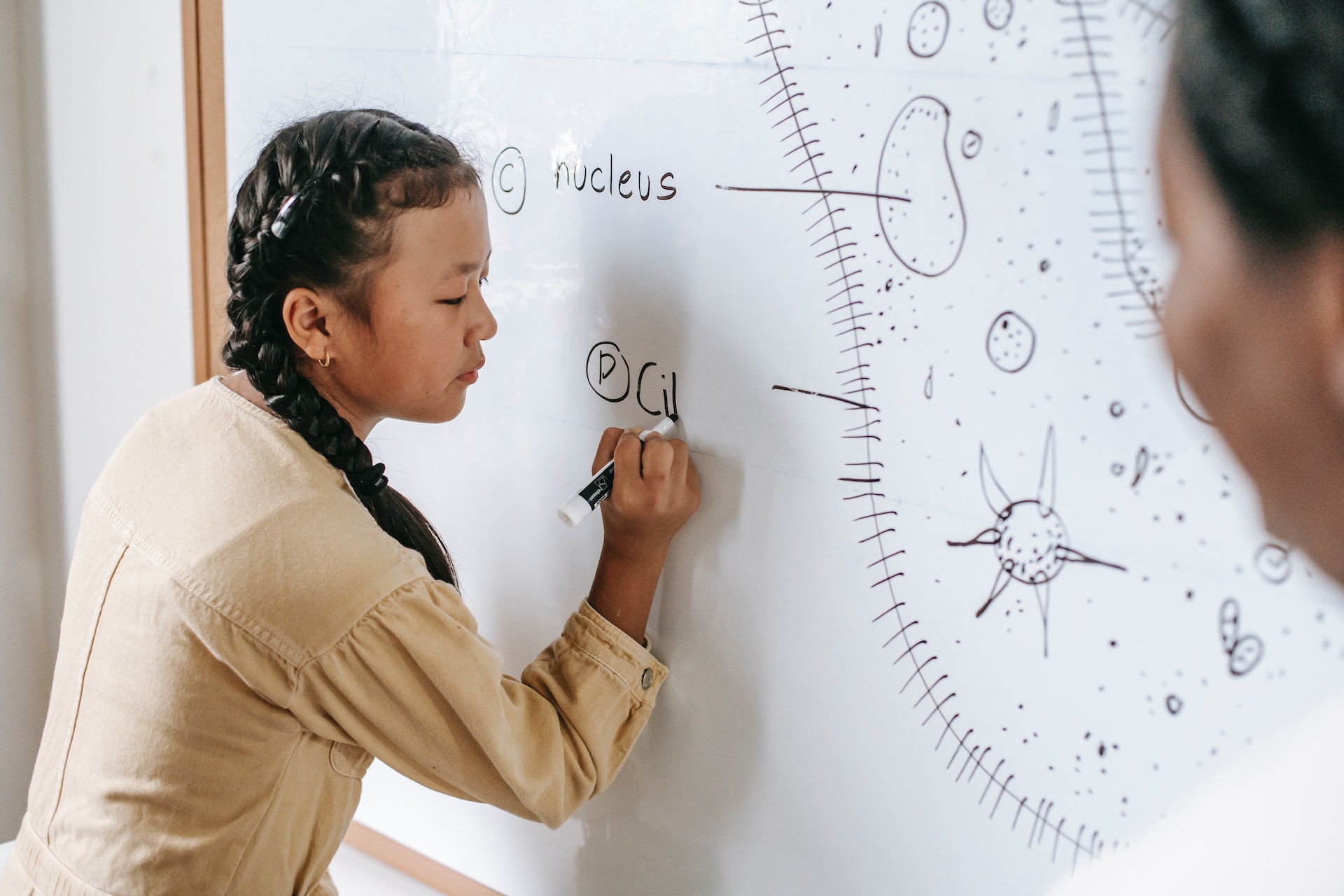
Duke College | McEducation

Duke College | McEducation

Singapore Mathematics Level 4

About Course
- People started to talk about Singapore’s math success in 1995, when Singaporean children wowed the world with their first-place score on an international math test.The Overall PictureSingapore Math presents each math concept in three stages.
- Stage 1: Hands-on objects
- Stage 2: Pictures
- Stage 3: Written symbols
Singapore Math calls this the Concrete > Pictorial > Abstract approach. Take finding the area of a rectangle as an example.
Three stages for understanding area of a rectangle
- First, children create physical, concrete rectangles out of tiles or paper squares.
- Then, they draw rectangles and look at pictures in the textbook.
- Last, they learn the abstract formula length x width = area and use it to solve problems without manipulatives or visuals.
Singapore Math also focuses on teaching math in a logical order. The textbooks develop every concept purposefully and step-by-step so that children gradually develop solid conceptual understanding. They learn not just how to do math, but also why what they’re doing works.
Word Problems
Singapore Math also uses hands-on materials and pictures to help children tackle an often-difficult part of elementary math: word problems. The program presents a greater variety of word problems than most other elementary math programs and teaches kids to apply their math skills to a wide variety of situations. Once children reach the grade level books, they learn to draw bar models to represent and solve word problems. These models help prepare them for algebra and think about the structure of problems beyond the surface level.
Singapore Math may be a great fit for you if:
- Your child thinks logically and likes math presented in a clear, straight-forward way.
- Your child likes a mix of hands-on and paper-and-pencil learning.
- You’re willing to spend some time understanding the math yourself and teaching it to your child.
- You’re willing to buy manipulatives and use them to make the lessons concrete for your child.
- Your child doesn’t need a ton of day-to-day review of math concepts. (Review is included at the end of each chapter, but not on a daily basis.)

